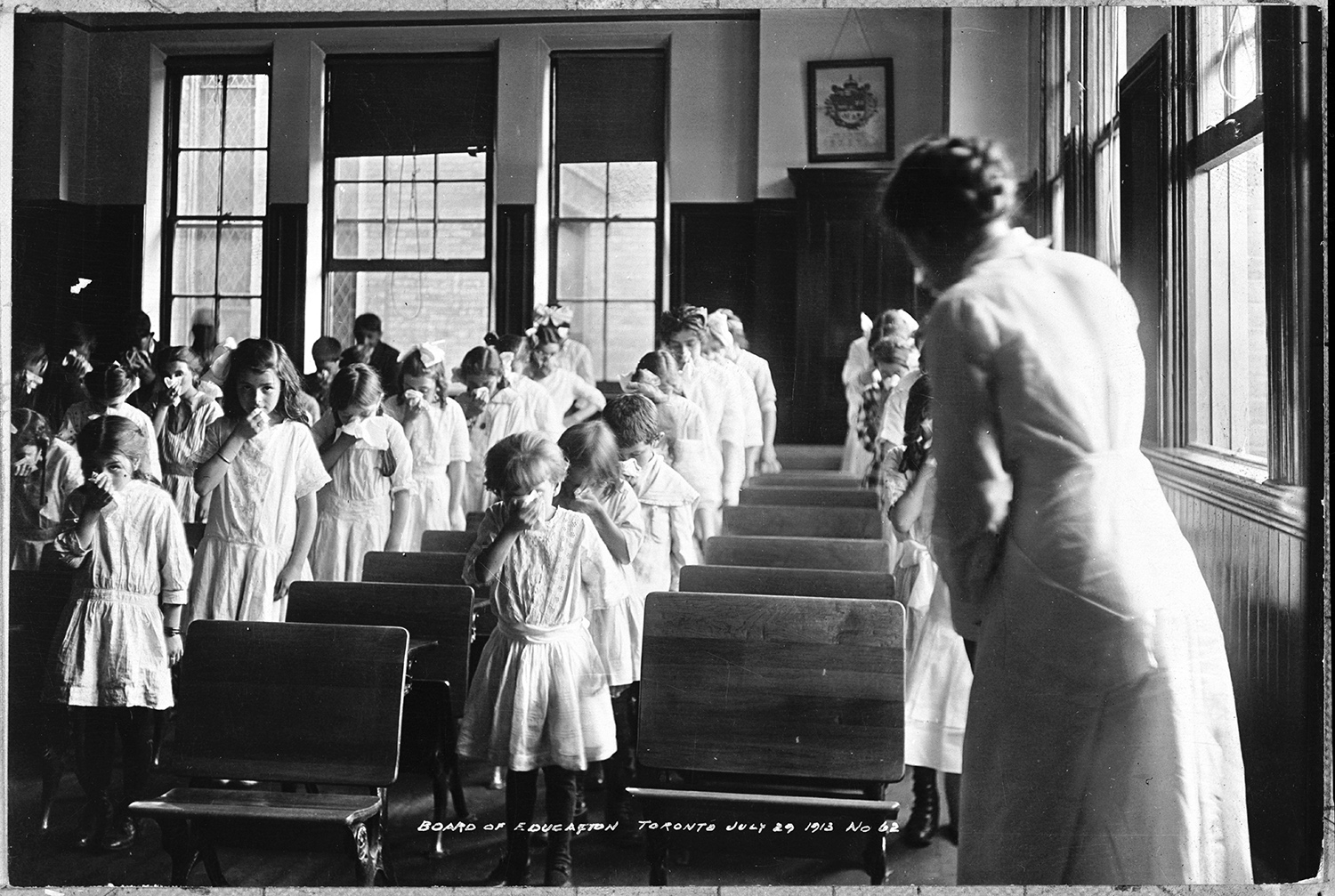While no one can predict what will happen with the COVID-19 crisis, we can draw on history for an understanding of how previous generations survived pandemics. The 1918 “Spanish Flu” was amongst the deadliest in history: killing an estimated 50 to 100 million worldwide, roughly five per cent of the global populace, including nearly 55,000 Canadians.
Schools, businesses and public places were closed. Facemasks and social distancing were mandatory, though some refused to follow the rules. Quarantines were enforced.
Just as in 2020, marginalized populations were ravaged. Indigenous communities faced a mortality rate five times the national average. Connaught Laboratories in Toronto developed a vaccine by late 1918, but offered consumers no guarantee it would work.
When the virus dissipated, Canada emerged a different country. A federal Department of Health was created. Some communities were destroyed, or changed forever. But Canadians also proved resilient: developing stronger senses of community through volunteerism and collective action.
Still, there are crucial differences between the pandemics. In 1918, there was no public health insurance, diets were poorer, and sanitation standards were lower. Vaccination programs were in their infancy, while antiviral drugs and other frontline technologies used today were non-existent.
And despite advances in medicine, the old ideas of basic prevention—social distancing and quarantine—remain the best defence. We’ve learned that only through patient and concerted action can we manage the historical realities of pandemics.





